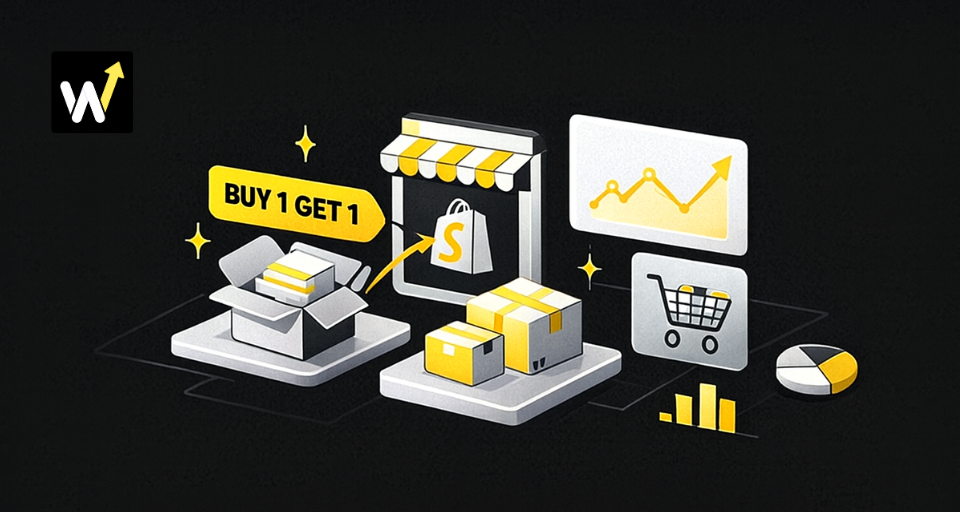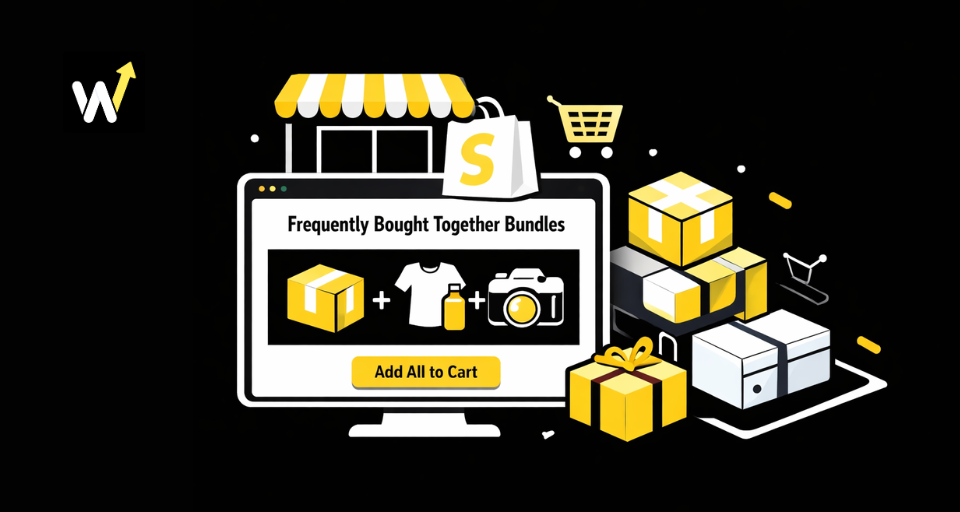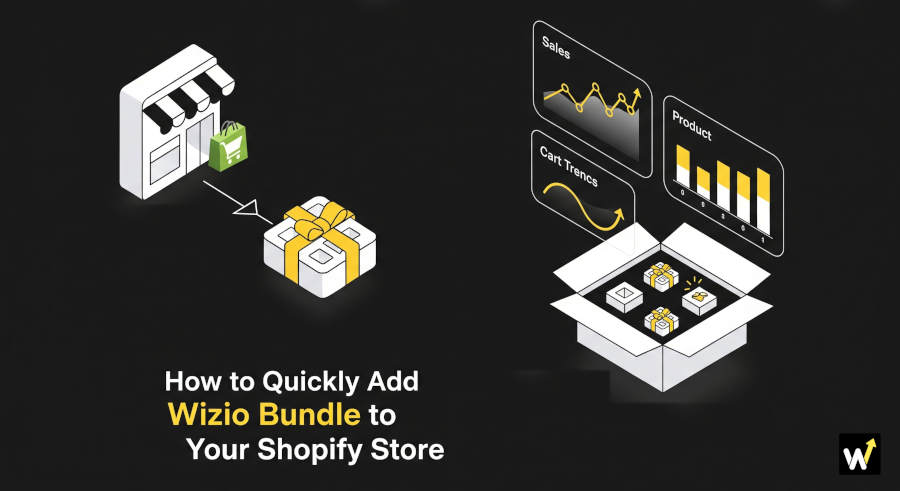Running a Shopify store often means relying on apps to enhance your store’s functionality. If you sell products in bundles—like “buy one, get one free” or “mix and match” offers—you’ve probably looked at bundling apps on the Shopify App Store.
But before installing any bundling solution, it’s important to understand Shopify app permissions. Permissions determine what parts of your store an app can access. Since these apps need to work with your products, orders, and sometimes even customers, knowing how permissions work helps you choose the right solution without compromising security.
In this blog, we’ll break down Shopify app permissions in simple terms, explain why they matter for bundling apps, and give you practical tips to make safe and smart choices.
Why Shopify App Permissions Matter?
Every Shopify app you install requests certain permissions to function. Think of them like “keys” that allow the app to open specific doors in your store.
For example:
-
A bundling app may need Product permissions to create and edit bundles.
-
It may need Order permissions to adjust pricing or discounts when a customer buys a bundle.
-
Some may even request Customer permissions to track who purchased bundles for loyalty rewards or marketing.
These permissions are necessary because without them, the app can’t do its job. But at the same time, giving an app too much access can be risky—especially if it asks for data that doesn’t seem relevant to its purpose.
That’s why Shopify always shows you the list of permissions before installation. As a store owner, you should review this carefully instead of just clicking “Install.”
Common Permissions Needed for Bundling Apps
Let’s look at the most common permissions bundling apps request and why they matter.
1. Products Permission
This is the most essential permission for bundling apps. They need to access your product catalog to:
- Create virtual bundles (like combining two products into one listing).
- Adjust inventory levels when a bundle is sold.
- Update product details (like showing “Bundle discount applied” on product pages).
Without product permissions, bundling apps simply can’t function.
Example:
If you sell a skincare kit (cleanser + moisturizer + serum), the bundling app will connect those products and make sure stock levels update correctly when a kit is purchased.
Also read: Product Bundling Strategies
2. Orders Permission
Orders permissions allow the app to see and sometimes edit customer orders. For bundling apps, this matters because:
- They need to apply discounts at checkout.
- They may split or merge items in the order to reflect bundle pricing.
- They help ensure your reports show accurate sales data.
Example:
If a customer buys a “Buy 2, Get 1 Free” deal, the app adjusts the order so the correct price is charged and reflected in your Shopify dashboard.
3. Customers Permission
Not all bundling apps need access to customer data, but some do—especially if they include features like:
- Tracking repeat customers who buy bundles.
- Offering loyalty points or rewards.
- Sending post-purchase messages.
If an app asks for this permission, ask yourself: Does it really need it? For basic bundle creation, customer access is not always necessary.
4. Discounts Permission
Bundling often involves special pricing, and apps need permission to create and manage discounts. This allows them to:
- Generate automatic discounts when bundles are added to cart.
- Run time-limited bundle promotions.
- Sync discounts with your existing pricing strategy.
This permission ensures the bundle experience feels seamless for your customers.
Introducing Wizio Bundle App
When choosing a bundling app for your Shopify store, it's vital to opt for a solution that offers the necessary permissions to execute your desired strategies effectively. The Wizio Bundle: Quantity Breaks App stands out in this regard, providing user-friendly setup with no coding required and a host of advanced features to supercharge your bundling efforts.
The Wizio Bundle: Quantity Breaks App is a powerful Shopify solution that makes bundling and discounts effortless. With a no-code setup, it lets you offer flexible quantity breaks, volume discounts, BOGO deals, “Complete the Bundle” upsells, and “Frequently Bought Together” bundles. Customers can even build their own boxes, while features like AI-powered cart drawer recommendations, progress bars for free shipping, gift wrap, and shipping protection enhance the shopping experience. Plus, seamless subscription integration, performance tracking, and A/B testing help you optimize sales with ease.
How to Safely Review App Permissions?
Knowing the types of permissions is one thing—making the right choice is another. Here are some practical tips to help you evaluate permissions when choosing a bundling app:
✅ Match Permissions to Features
Ask yourself: Do the requested permissions make sense for the features advertised?
- If the app claims to only create simple product bundles, it probably doesn’t need full customer access
- If it offers advanced features like loyalty tracking, then customer permissions are justified.
✅ Check the Developer’s Reputation
Stick to apps from trusted developers with positive reviews. Developers with a strong track record are less likely to misuse permissions.
✅ Read the Privacy Policy
Good apps have clear privacy policies explaining how your data is used. If you can’t find one, that’s a red flag.
✅ Test Before Fully Committing
Most apps offer a free trial. Use this time to see if the app really needs all the permissions it requests. Sometimes, you’ll realize you don’t need extra features that require more data.
Example: Comparing Two Bundling Apps
Let’s imagine you’re choosing between two bundling apps:
- App A requests permissions for Products, Orders, and Discounts.
- App B requests Products, Orders, Discounts, and full Customer access.
If your only goal is to create product bundles with special pricing, App A is the safer choice because it doesn’t ask for unnecessary access. App B may be useful if you want customer tracking, but if not, giving extra permissions only adds risk. This comparison shows why reviewing permissions is just as important as looking at app features and pricing.
Related Reading: Master the Art of A/B Testing
Best Practices for Store Owners
To wrap up, here are some quick best practices you should follow:
- Review permissions carefully before installing any app.
- Uninstall apps you no longer use—permissions stay active as long as the app is installed.
- Limit the number of apps—the more apps you install, the more access points you create.
- Regularly audit your apps to ensure you’re comfortable with the permissions you’ve granted.
Conclusion
Bundling solutions are powerful tools for boosting sales and improving customer experience on Shopify. But to make the most of them safely, you need to understand how Shopify app permissions work.
By paying attention to the permissions apps request—especially around products, orders, and customers—you can protect your store’s data while still enjoying the benefits of smarter bundling.
Next time you install a bundling app, take a moment to review its permissions. That small step can save you from security risks and help you choose the solution that truly fits your needs.
Install Wizio Bundle App
Frequently Asked Questions
1. What are Shopify app permissions?
Shopify app permissions are the access rights apps request to interact with your store’s data, such as products, orders, customers, or discounts.
2. Why do bundling apps need product permissions?
Bundling apps need product permissions to connect items, manage stock levels, and update product details when customers purchase bundles.
3. Are Shopify bundling apps safe to use?
Yes, most bundling apps are safe if installed from trusted developers. Always review permissions and check reviews before installing.
4. Do all bundling apps need customer data access?
Not always. Basic bundling apps may only need product and order access. Apps that include loyalty or customer tracking features may request customer data.
5. How can I reduce risks when installing bundling apps?
Review permissions carefully, choose reputable apps, uninstall unused apps, and audit permissions regularly to keep your store secure.




